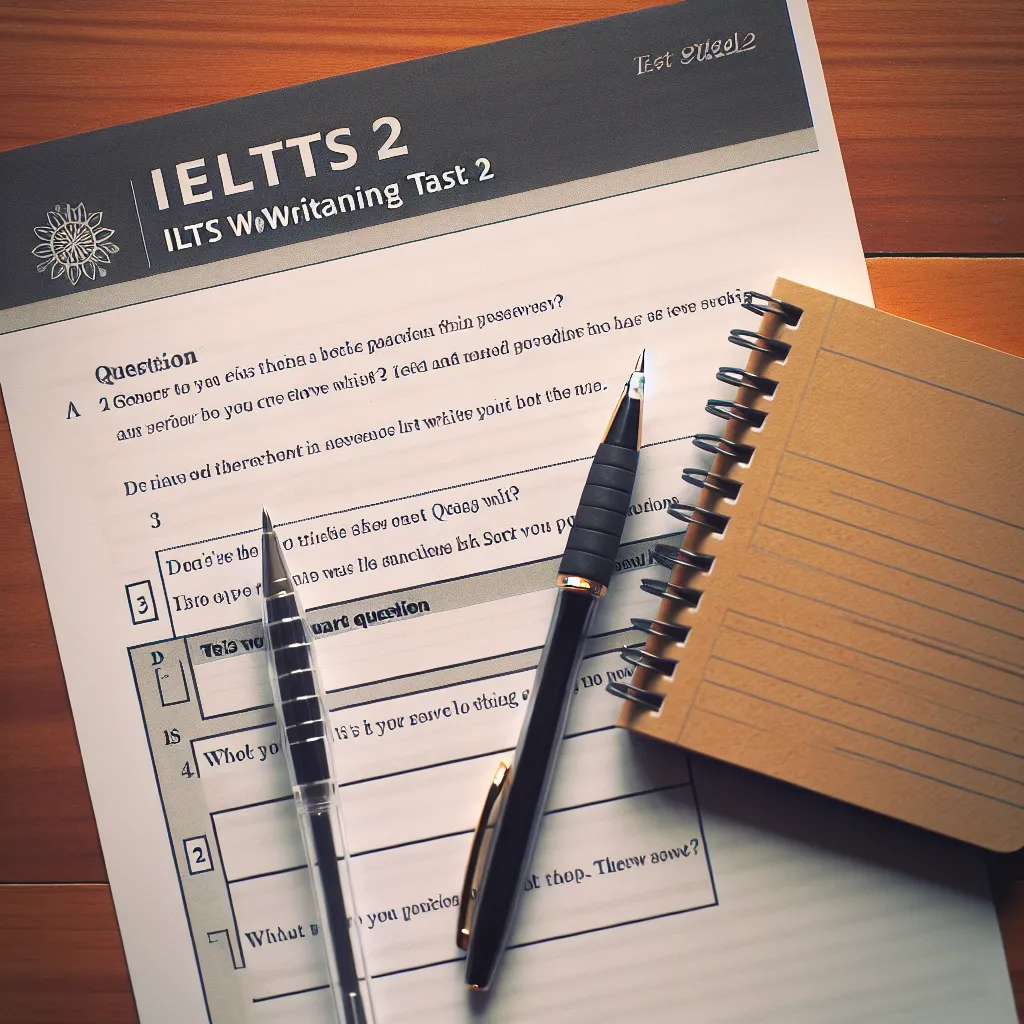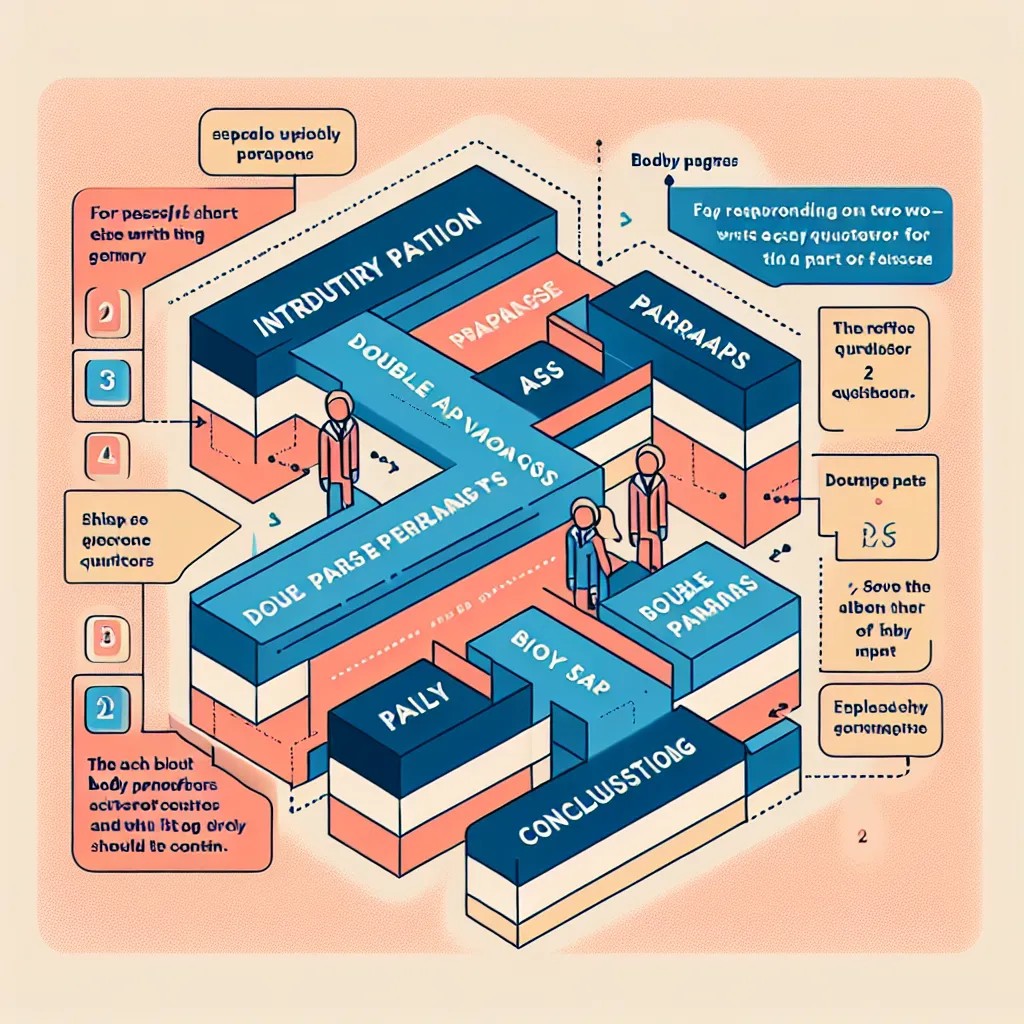Are you preparing for the IELTS exam and feeling overwhelmed by the Writing Task 2 two-part questions? Don’t worry! This comprehensive guide will walk you through the process of tackling these challenging questions effectively. Whether you’re a beginner or looking to improve your score, mastering the approach to two-part questions is crucial for success in the IELTS Writing Task 2.
Understanding IELTS Writing Task 2 Two-Part Questions
IELTS Writing Task 2 two-part questions are essay prompts that require you to address two distinct aspects of a given topic. These questions are designed to test your ability to analyze complex issues, present balanced arguments, and demonstrate your language skills.
 IELTS Writing Task 2 Example
IELTS Writing Task 2 Example
Why are Two-Part Questions Important?
Two-part questions are significant because they:
- Test your ability to comprehend and respond to multi-faceted prompts
- Assess your skills in organizing and structuring complex ideas
- Evaluate your capacity to maintain focus on multiple aspects of a topic
- Challenge you to demonstrate a wide range of vocabulary and grammatical structures
Key Strategies for Approaching Two-Part Questions
1. Careful Analysis of the Question
The first step in tackling a two-part question is to analyze it thoroughly:
- Identify the two distinct parts of the question
- Underline key words and instructions
- Determine the topic and scope of each part
Example:
“Some people believe that children should be taught how to grow and cook food in schools. To what extent do you agree with this view? What other types of life skills should children learn at school?”
In this example, you need to:
- Express your opinion on teaching children about food production and cooking
- Suggest other life skills that should be taught in schools
2. Planning Your Response
Effective planning is crucial for a well-structured essay:
- Allocate time for each part of the question (usually equal time for both parts)
- Brainstorm ideas and examples for each part
- Create a basic outline, ensuring balanced coverage of both parts
3. Writing a Strong Introduction
Your introduction should:
- Paraphrase the question to show understanding
- Clearly state your position or main ideas for both parts
- Provide a brief overview of what you’ll discuss in the essay
Example Introduction:
“There is a growing debate about the inclusion of practical life skills in school curricula. While some advocate for teaching food production and cooking, I believe this is indeed valuable, but should be part of a broader range of essential life skills taught in educational institutions.”
4. Developing Body Paragraphs
For two-part questions, aim for at least four body paragraphs:
- Two paragraphs addressing the first part of the question
- Two paragraphs covering the second part
Each paragraph should:
- Start with a clear topic sentence
- Provide supporting ideas and examples
- Use appropriate transitional phrases to ensure coherence
5. Balancing Your Response
One of the challenges of two-part questions is giving equal attention to both parts:
- Ensure you spend roughly equal time and word count on each part
- Use clear transitions between the two parts of your response
- Maintain a consistent tone and level of detail throughout
 Balanced Essay Structure
Balanced Essay Structure
6. Crafting a Strong Conclusion
Your conclusion should:
- Summarize your main points for both parts of the question
- Restate your overall position or main ideas
- Avoid introducing new information
Example Conclusion:
“In conclusion, while teaching children about food production and cooking in schools is valuable, it should be part of a broader curriculum of life skills. These could include financial literacy, emotional intelligence, and practical problem-solving. By equipping students with a diverse range of practical skills, schools can better prepare them for the challenges of adult life.”
Common Pitfalls to Avoid
When tackling two-part questions, be wary of these common mistakes:
- Focusing too much on one part and neglecting the other
- Misinterpreting the question or failing to address both parts
- Lack of clear transitions between the two parts of your response
- Insufficient examples or supporting evidence for each part
- Repetition of ideas instead of developing new points for each part
Practice and Improvement Tips
To excel in IELTS Writing Task 2 two-part questions:
- Practice regularly with a variety of two-part question types
- Time yourself to ensure you can complete both parts within the given time limit
- Get feedback from a teacher or experienced IELTS tutor
- Analyze high-scoring sample essays to understand effective structures and techniques
- Build your vocabulary related to common IELTS topics to express your ideas more precisely
[internal_links]
Remember, mastering two-part questions takes time and practice. Be patient with yourself and focus on consistent improvement. With the right approach and preparation, you can confidently tackle any two-part question in the IELTS Writing Task 2.
By following this comprehensive guide, you’ll be well-equipped to handle IELTS Writing Task 2 two-part questions effectively. Keep practicing, stay focused, and approach each question methodically. Good luck with your IELTS preparation!




